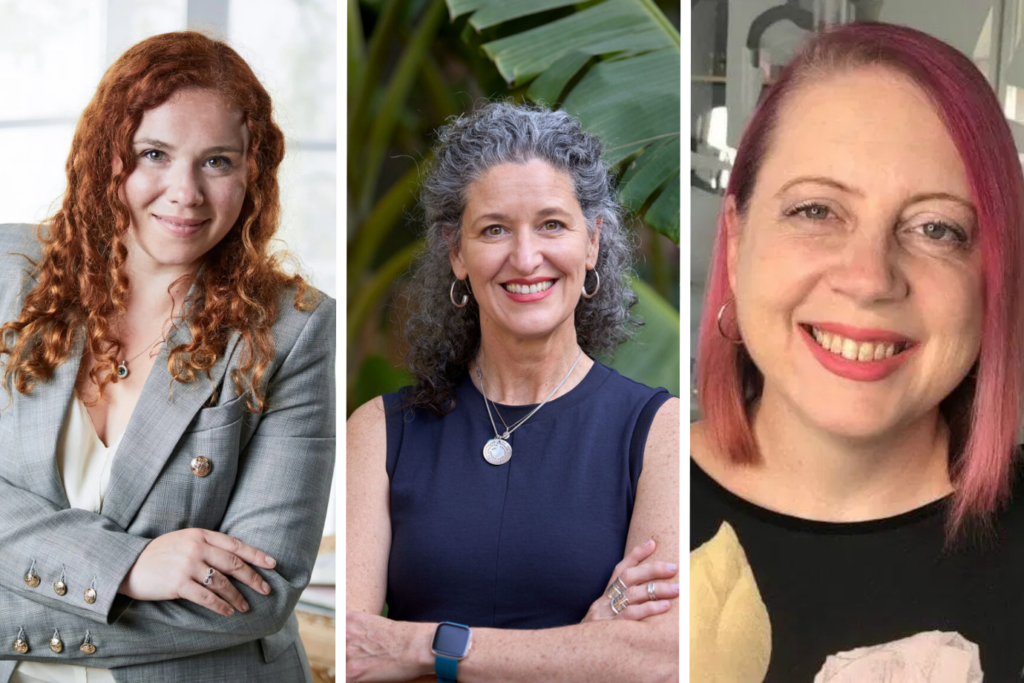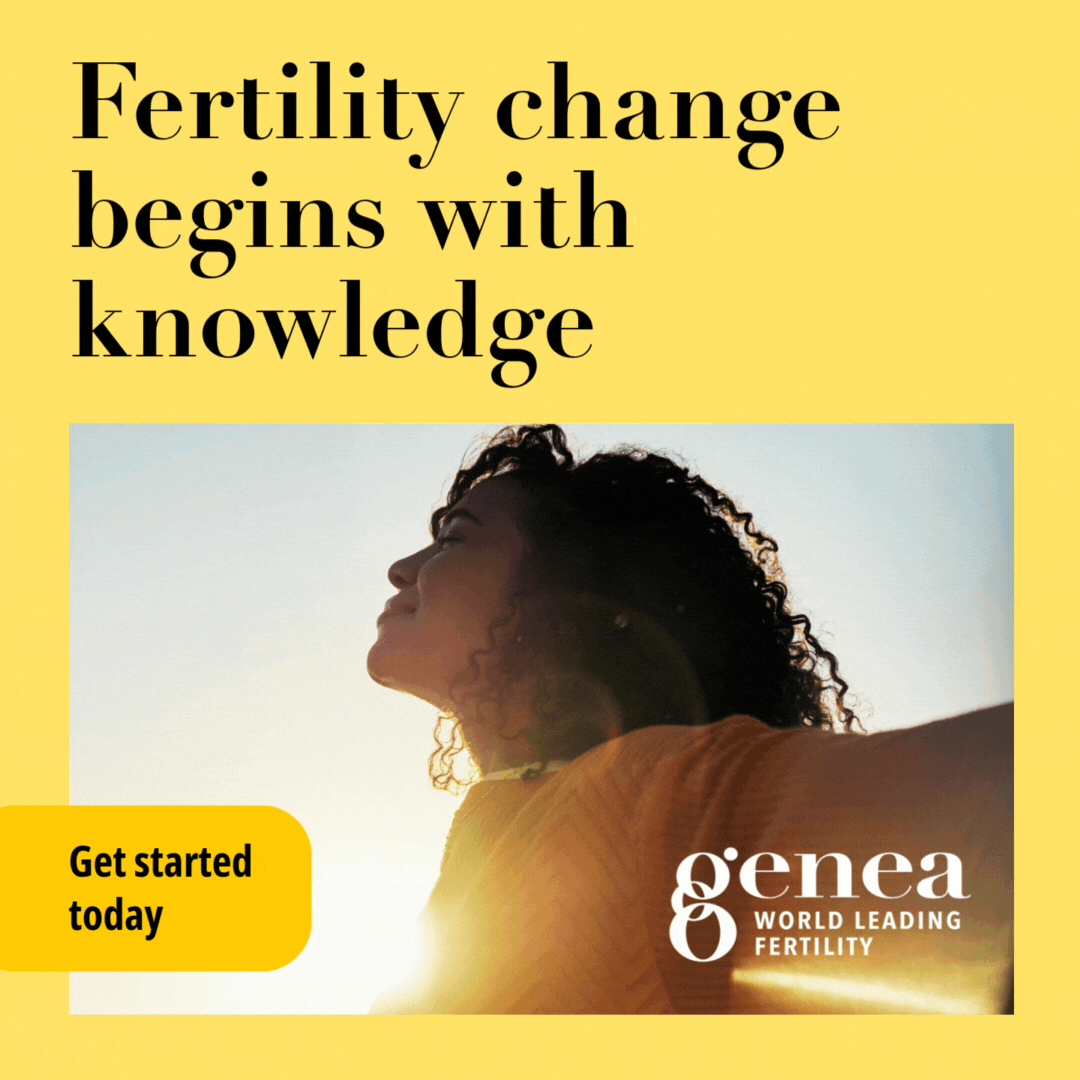Advocates across Australia are calling for action this World Homelessness Day, as the issue continues to affect women, the fastest growing cohort of people experiencing homelessness in the country.
In the 2021 Census, 44.2 per cent of the 122,494 people estimated to be experiencing homelessness were women.
The leading cause of homelessness is domestic and family violence, according to Homelessness Australia, with statistics showing 45 per cent of all women and girls seeking homelessness assistance had cited family and domestic violence as the cause. In 2019, women over 55 were the fastest growing group of homeless people in Australia.
“It is vital to recognise that in a housing affordability crisis, women may choose to stay in abusive relationships if they cannot find somewhere safe, secure and affordable to go,” says Annabelle Daniel, CEO of top DV organisation, Women’s Community Shelters.
“Women’s Community Shelters has grown our shelter network bed nights by 30 per cent in the last twelve months, but the percentage of clients we have been unable to assist has grown by 92 per cent in the same period.”
“Providing shelter through crisis, transitional and long-term housing prevents more women becoming homeless. We need to invest in ‘whole of society’ solutions to prevent more women becoming homeless this year and into the future.”
Homelessness is a daily reality for more than 247,000 Australians, noted Simone Parsons, COO of Bridge Housing, a NSW-based community housing provider.
Statistics from the Australian Institute of Health and Welfare show 46 people or family groups are turned away by overstretched specialist homelessness services every day. Parsons says that “with soaring rents and cost of living pressures, these numbers will continue to climb without impactful intervention”.
“One solution is to permanently fund a housing first program like the highly successful Together Home program. It provides homes and tailored support for people experiencing homelessness. Independent evaluation shows that 86 per cent of participants sustained their tenancies, with real-world outcomes such as a 35 per cent decrease in hospital admissions.”
In Victoria, the Victorian Public Tenants Association (VPTA) is calling on the state government to commit to delivering at least 60,000 new social housing homes, a strong proportion of which must be public housing homes, over the next decade.
This comes as over 100,000 vulnerable Victorians, including elderly women, and those receiving Centrelink payments, sit on waitlists for up to 10 years.
Katelyn Butterss, CEO of the Victorian Public Tenants Association, says “the 60,000 homes are the bare minimum required to relieve the overwhelming pressure on our housing system”.
“Public housing remains the most affordable and accessible option for those facing housing stress, yet the government has only announced one new public housing development since the Big Housing Build – the redevelopment of the ‘red brick’ apartments in Carlton. While welcome, it’s simply not enough.”
Butterss says that, since 2019, VPTA has seen a doubling in demand for their services, highlighting that homelessness is a growing issue.
As the affordability crisis continues to worsen across the state, Butterss explains that “a single person on JobSeeker, earning $393.40 per week, would be forced to pay $156.60 more than their weekly income in Melbourne’s private rental market, but in public housing, they’d pay just $98.35 per week.”
“Community housing was designed to complement public housing, not replace it. We need to see both growing together.”
“Presently, the government’s commitment to public housing remains inadequate. With only one new public housing project currently planned, this falls far short of what is needed. We urge the government to prioritise public housing as part of a broader, more sustainable housing solution now.”



